| | | | | | | Presented By General Motors | | | | Axios What's Next | | By Bryan Walsh, Erica Pandey and Joann Muller ·Jun 22, 2021 | | Today we look at time-saving tech on the border, career jumping trends and more. "What was next" trivia: On this day in 1944, FDR signed what law that shaped a generation's educational opportunities? | | | | | | 1 big thing: Time-saving tech at the border | 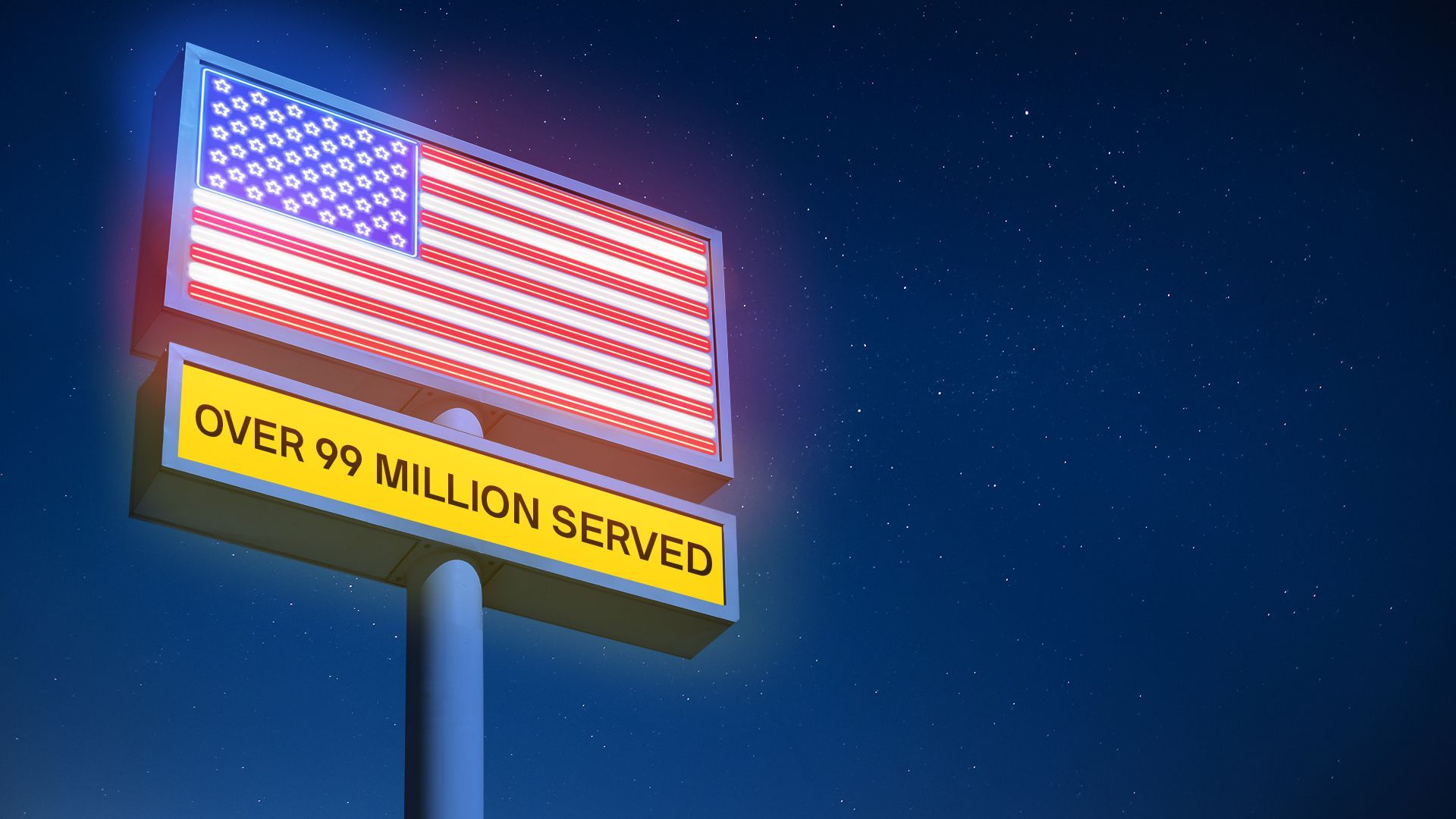 | | | Illustration: Aïda Amer/Axios | | | | Two giant infrastructure projects under construction in San Diego and Detroit aim to expedite the flow of people and goods throughout North America by using connected-vehicle technology, Joann Muller writes. Why it matters: The new international border crossings, both funded by public-private partnerships, are designed to bolster trade with Mexico and Canada while reducing wait times and improving local air quality. On the northern border, towers are rising for the Gordie Howe International Bridge spanning the Detroit River between Michigan and Ontario. - Once complete in 2024, the 1.5-mile span of six vehicle lanes, plus a dedicated bike and pedestrian path, will be one of the largest ports of entry in North America and a critical umbilical cord connecting the U.S. and Canadian auto industries.
On the southern border, crews are building roads for a new $1 billion Otay Mesa East port of entry project connecting San Diego and Tijuana. - Also set to open in 2024, its flexible lanes and variable pricing scheme are designed to provide a data-driven release valve for backups elsewhere along the California-Mexico border that can last up to five or six hours.
What's new: Both projects will integrate intelligent transportation systems to collect and share data about conditions at the border in real time. - Cars and trucks equipped with transponders will know how traffic is moving miles ahead so drivers can plan the fastest route across the border.
- One approach would enable commercial vehicle operators to use an app to set up an appointment time for inspection at the border, rather than waiting in line.
Details: Otay Mesa East will be especially flexible, manipulating electronic toll rates as a way to manage traffic. - Depending on demand, tolls could range from $2 to $12 for passenger vehicles, and between $12 and $25 for cargo trucks. Subscriptions guaranteeing a fixed rate are also a possibility.
- The goal, says Mario Orso of the California Department of Transportation, is to keep wait times to an average of about 20 minutes at Otay Mesa East, while reducing wait times at other crossings by half.
The bottom line: The system will help speed the cross-border movement of everything from TVs and electronics to auto parts, farm products and tourists. Read the rest. |     | | | | | | 2. The age of the career-jumpers |  | | | Illustration: Eniola Odetunde/Axios | | | | It's a staggering stat — 53% of Americans would switch to a role in a new industry if they had the opportunity to retrain, according to Prudential's latest Pulse of the American Worker Survey, Erica Pandey reports. Why it matters: We've told you about the "great resignation" — how upward of 40% of U.S. workers may quit their jobs post-pandemic. That reshuffling in the labor market could be even more dramatic than companies are expecting because nearly half of workers want to jump fields, not just jobs. What's happening: Of the workers that want to switch jobs or fields, 50% say they are looking for higher compensation, 34% want more growth opportunities and 24% are tired of working on the same things, per the survey. But, but, but: The U.S. is not prepared to retrain workers at scale, experts say. - And without training programs giving workers the technical skills — like coding or accounting — they need to switch jobs, "you're going to find a real gap between what employers are looking for and what employees have," says Rob Falzon of Prudential Financial.
The big picture: Retraining America's workforce was always going to become a national challenge as tech created new jobs and made old ones obsolete. - "But the need has become much more acute," says Falzon.
|     | | | | | | 3. The perils of smart home tech | 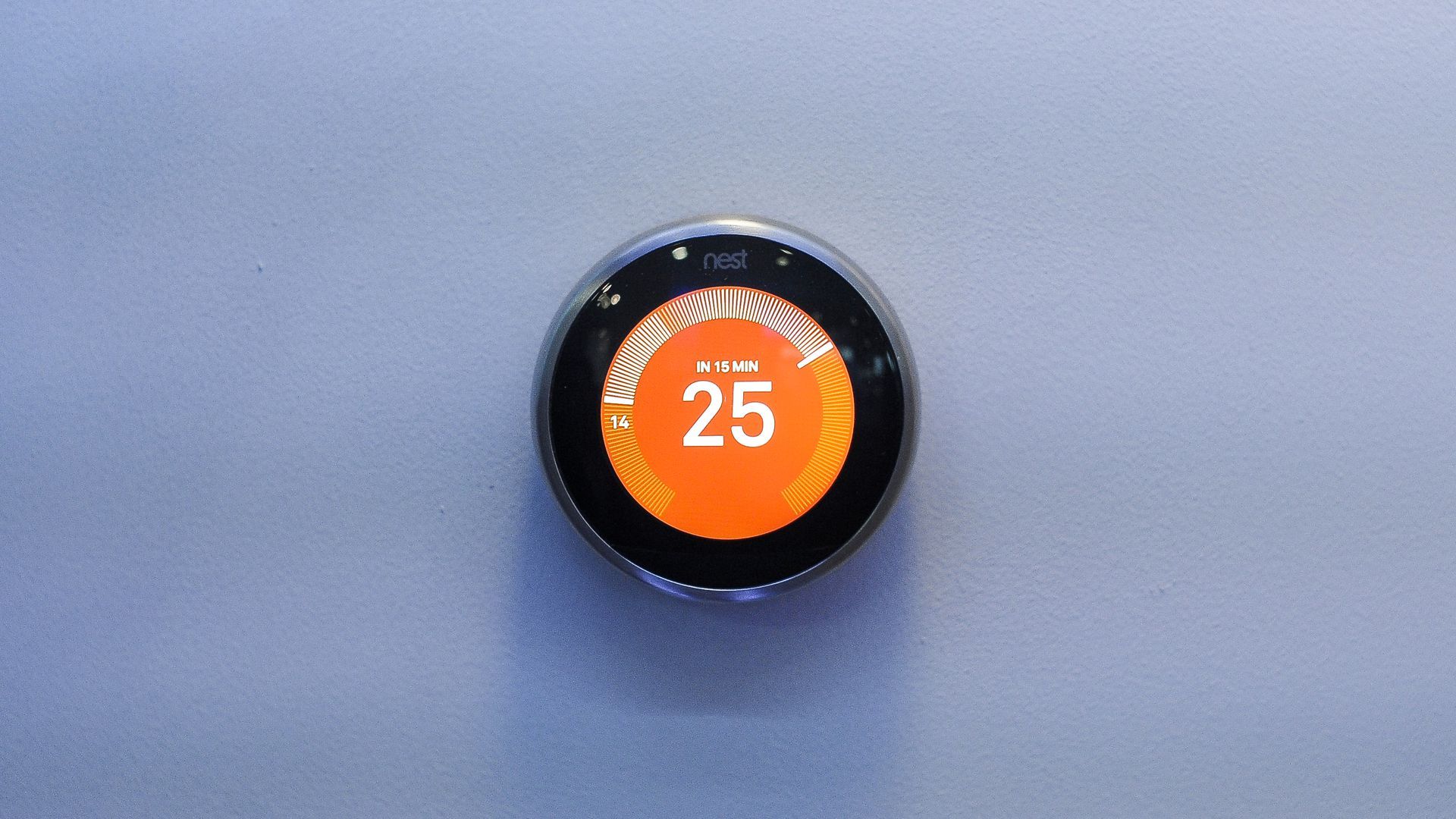 | | | A Google Next thermostat. Photo: Joan Cros/NurPhoto via Getty Images | | | | Smart thermostats automatically adjusted to higher than 80 degrees Fahrenheit in the Texas summer heat this week — and their owners couldn't change them back, the Verge reports. The big picture: The rise of smart thermostats and security systems and speakers that can be controlled remotely is giving outside firms the keys to our homes. On top of that, these devices can collect and store customer data and feed it back to tech companies, Erica writes. Details: The affected people were part of a utility company deal that lets customers with smart thermostats receive discounts or other perks if they opt into a service that allows the company to control thermostats. - These programs exist all over the country and can be quite effective at conserving energy during extremely cold or hot days by lowering or raising home temperatures by just a few degrees, per the Verge.
But, but, but: Some Texans panicked when they found they couldn't manually change the temperature even when it climbed above 80 degrees Fahrenheit, which can be dangerous for elderly people, as one person noted. |     | | | | | | A message from General Motors | | An EV for everyone | | | 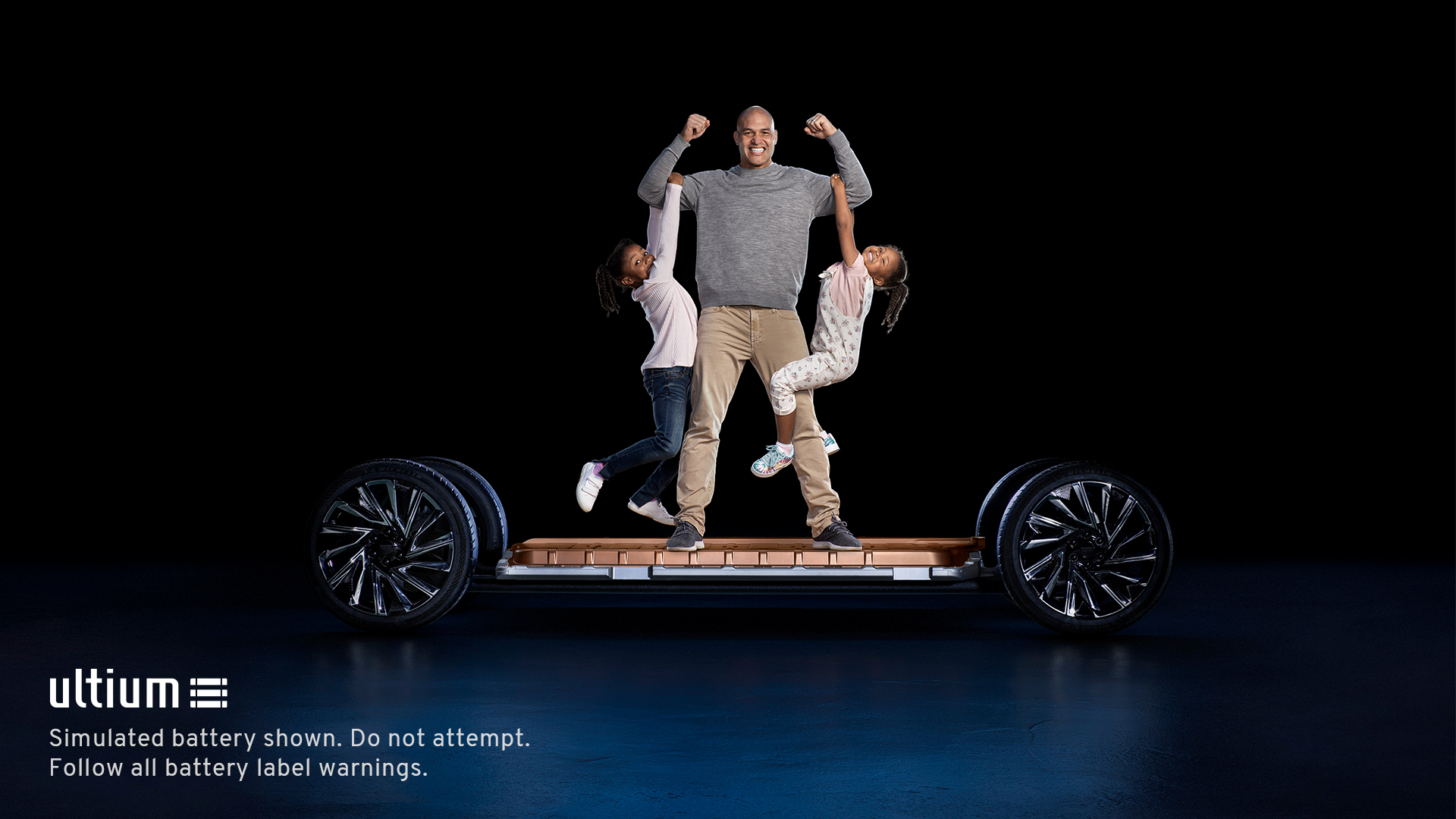 | | | | General Motors is adding 30 new electric vehicles and producing the revolutionary Ultium Platform. The background: This is made possible by a $35 billion investment in EVs and AVs through 2025 to make the all-electric future accessible for everyone. | | | | | | 4. Another billionaire space battle is brewing | 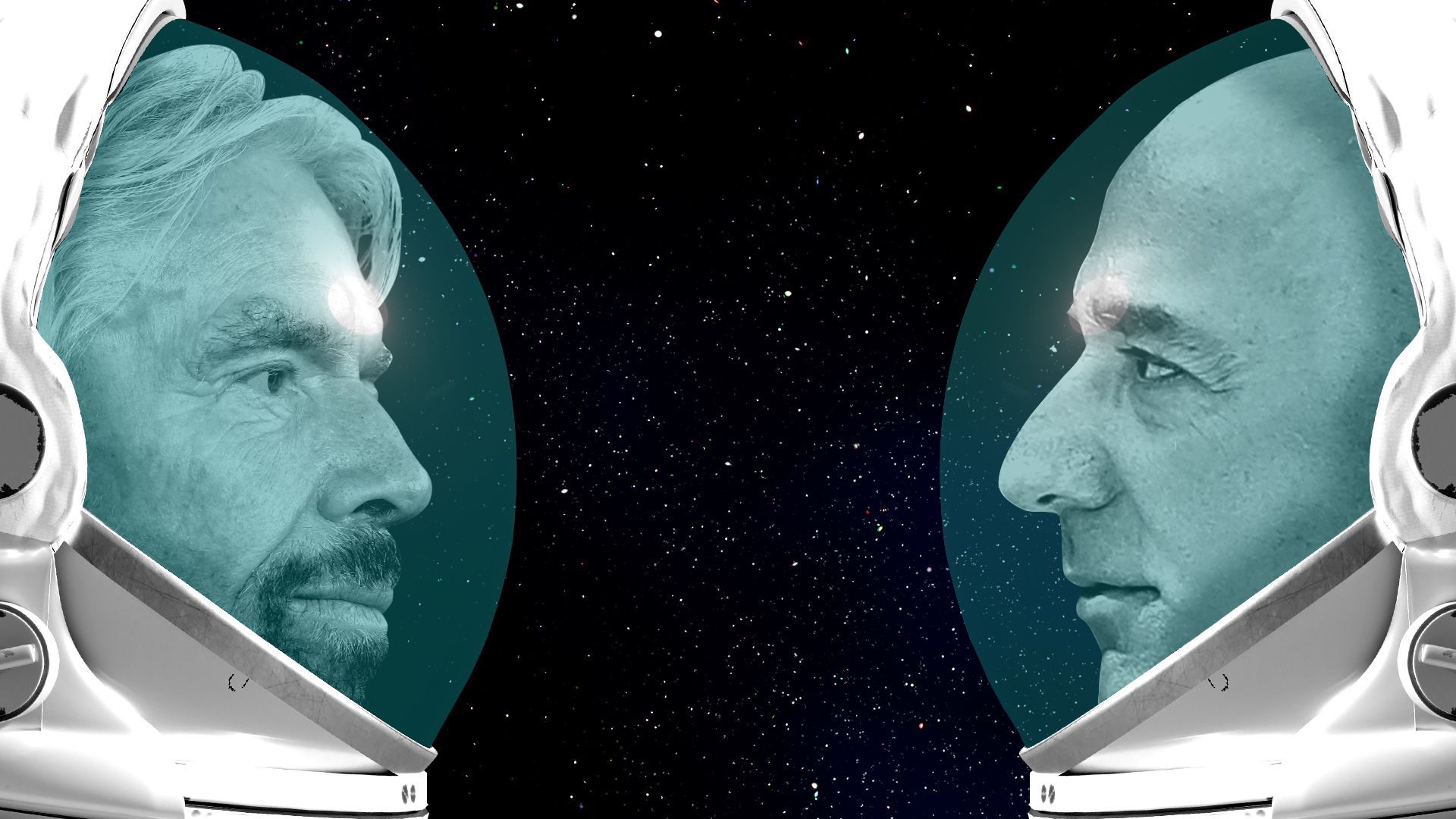 | | | Photo illustration: Aïda Amer/Axios. Photos: Arif Hudaverdi Yaman (Anadolu Agency), James D. Morgan/Getty Images | | | | The race between billionaires Jeff Bezos and Richard Branson to make suborbital space tourism a viable business is heating up, Axios' Miriam Kramer writes. Why it matters: The disagreements between Bezos and Elon Musk capture the limelight, but the competition between Bezos' Blue Origin and Branson's Virgin Galactic could soon make space a destination for ordinary citizens. Driving the news: Bezos announced this month that he's planning to fly with his brother and two other passengers on the first crewed mission for Blue Origin's New Shepard space system in July. - If that happens, they will have leap-frogged Virgin Galactic, a company working far longer on the same goal.
- Branson has long been expected to fly on one of the first operational flights for his company, and the blog Parabolic Arc recently reported he's going to try to beat Bezos to the edge of space, potentially aiming to fly July 4th weekend.
What's happening: Blue Origin uses a rocket to launch a capsule carrying its passengers up to about 62 miles above the Earth. From there, the crew will experience minutes of weightlessness as they start their descent back to the surface. - Virgin Galactic uses a carrier aircraft to fly its space plane high above Earth. The plane drops from the carrier and its rocket engine kicks on, sending passengers on a flight to the edge of space before gliding back to the planet.
The intrigue: It's not clear how many members of the public will be interested in these rides to the edge of space and if the market for suborbital space travel will be sustainable in the long term. Read the rest. |     | | | | | | 5. 1 traffic thing: A Waze for the waterways | 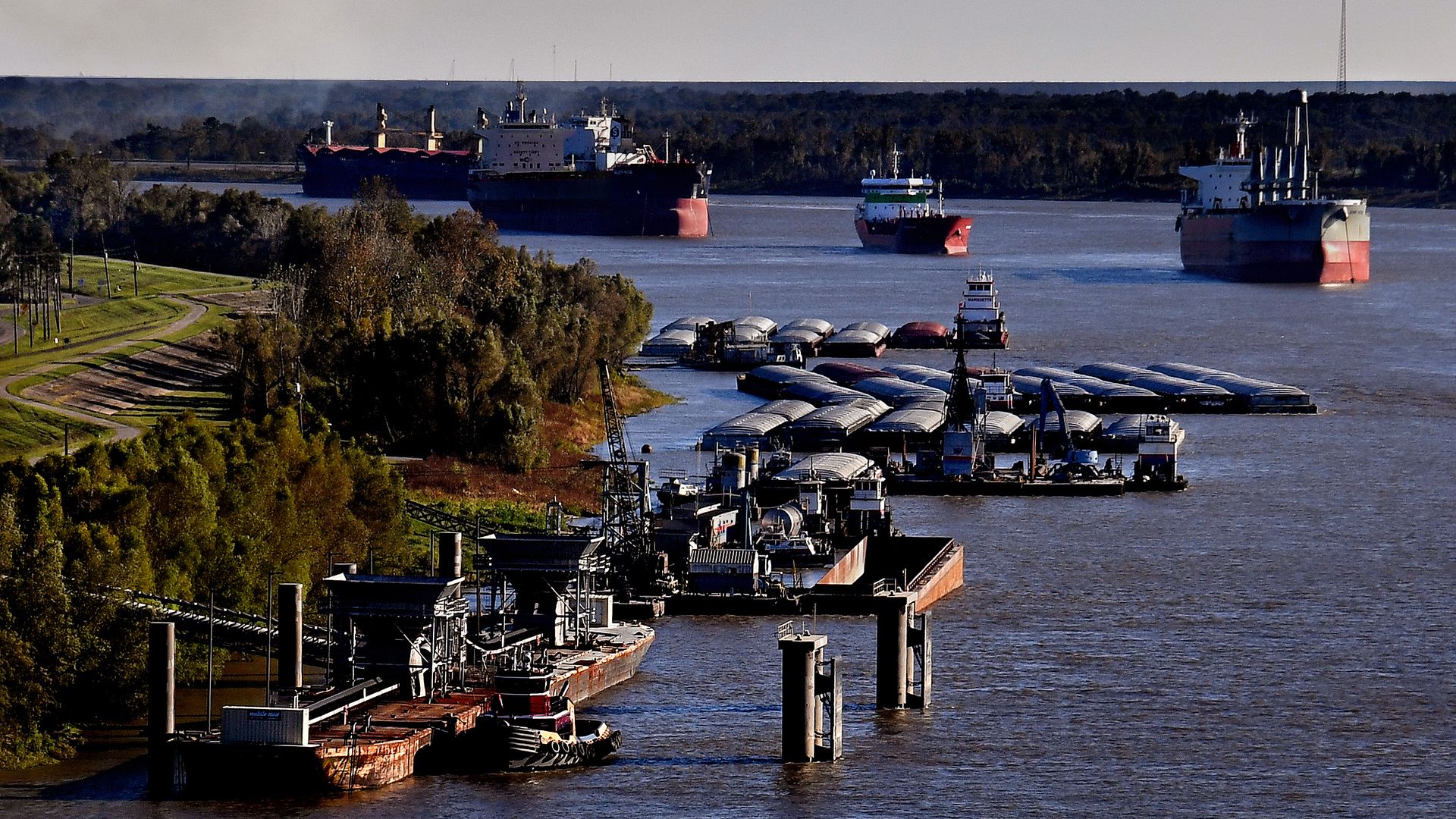 | | | Ship traffic on the Mississippi River near Luling, Louisiana, in 2017. Photo: Michael S. Williamson/The Washington Post via Getty Images | | | | Mississippi River vessels will soon have access to an app similar to Waze but for boat traffic to help them navigate the river's tricky, ever-changing conditions, Joann writes. Why it matters: The Mississippi River is a critical thoroughfare for American commerce, but backups occur if large ships can't pass through shallow areas created by natural sediment or severe storms. What's new: The country's first "smart port" in Baton Rouge, Louisiana, will use crowdsourced data from tugs, barges and other vessels to help ships transit the river safely and efficiently. - The centerpiece of the digital platform is a "real-time shoaling forecast tool" that will collect depth data from workboats on the river, then use predictive analytics about sedimentation and shoaling to direct other vessels to the safest berths.
- The software will be coupled with a suite of weather, river and road traffic analytics to improve efficiency and help the ports become more resilient, especially in the face of natural disasters.
- The $3 million project includes a new Smart Port facility in Baton Rouge. It is funded in part by a $1.6 million grant from the U.S. Department of Commerce's Economic Development Agency.
|     | | | | | | A message from General Motors | | An EV for everyone | | |  | | | | General Motors is adding 30 new electric vehicles and producing the revolutionary Ultium Platform. The background: This is made possible by a $35 billion investment in EVs and AVs through 2025 to make the all-electric future accessible for everyone. | | | | Thanks for reading! If this email was forwarded to you, subscribe here. |  | | The tool and templates you need for more engaging team updates. | | | | | | Axios thanks our partners for supporting our newsletters. If you're interested in advertising, learn more here.
Sponsorship has no influence on editorial content. Axios, 3100 Clarendon Blvd, Suite 1300, Arlington VA 22201 | | | You received this email because you signed up for newsletters from Axios.
Change your preferences or unsubscribe here. | | | Was this email forwarded to you?
Sign up now to get Axios in your inbox. | | | | Follow Axios on social media:    | | | | | |










No comments:
Post a Comment